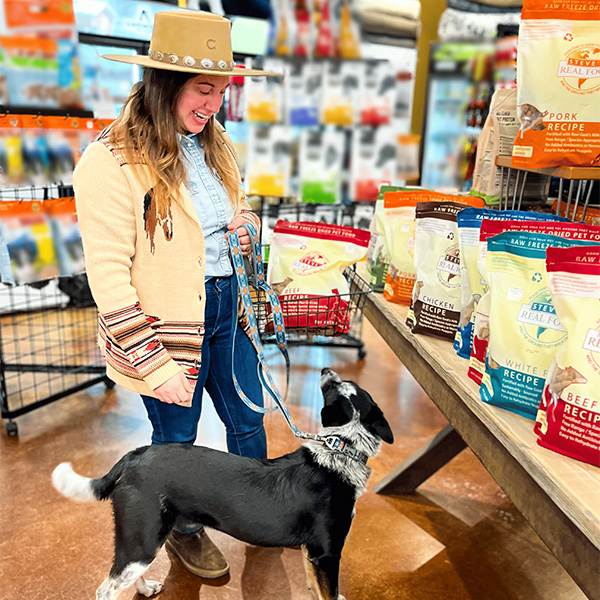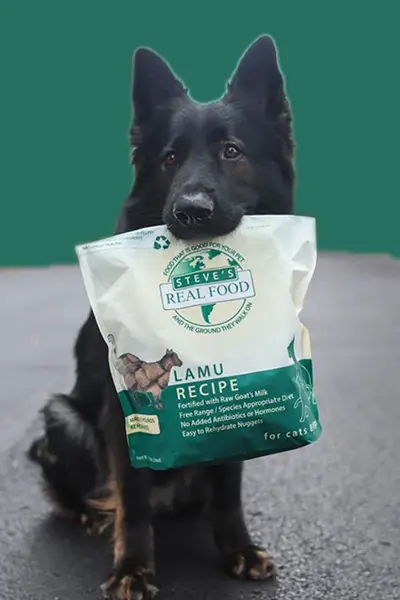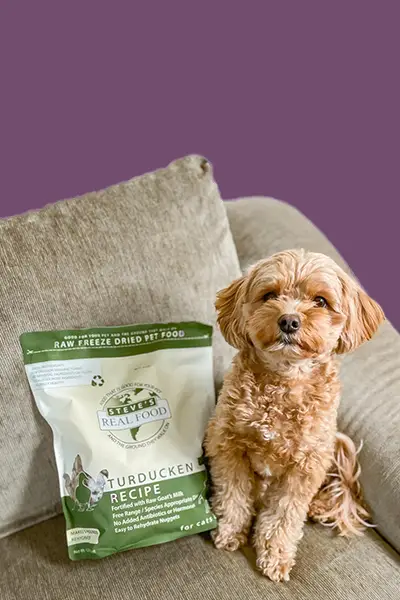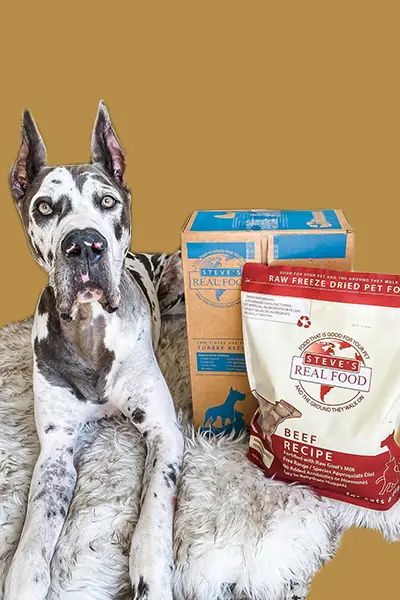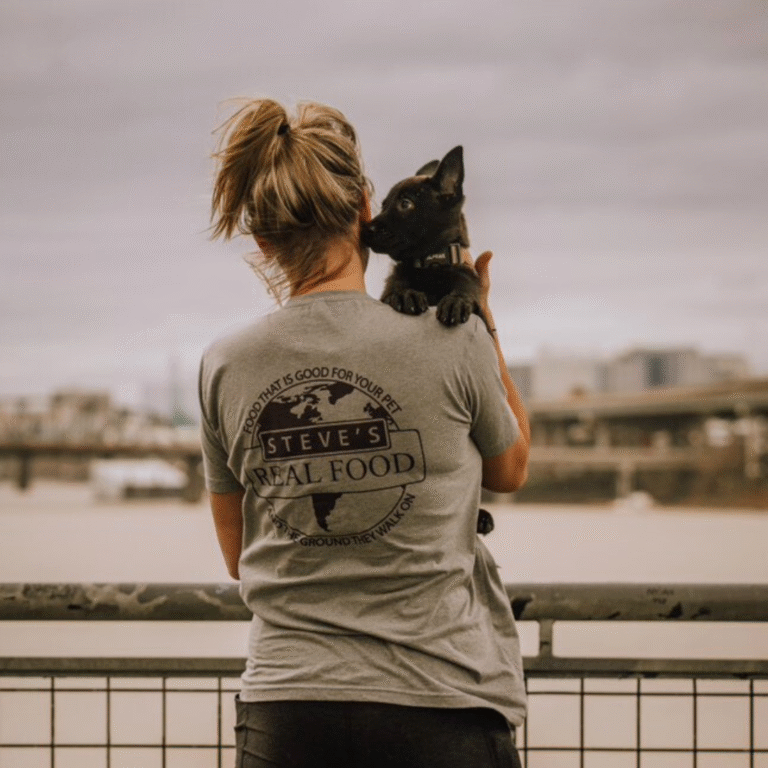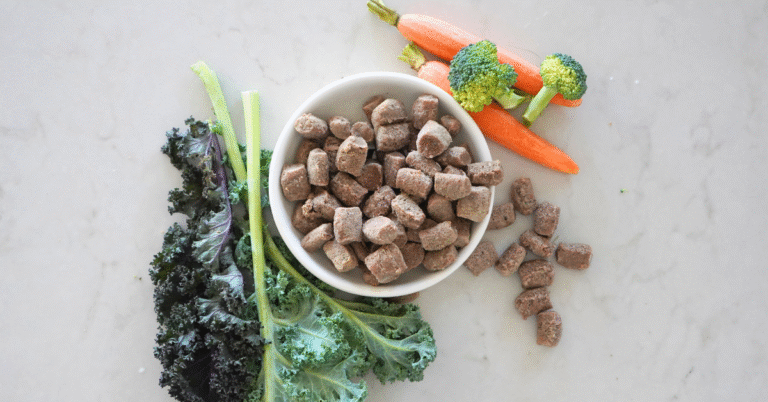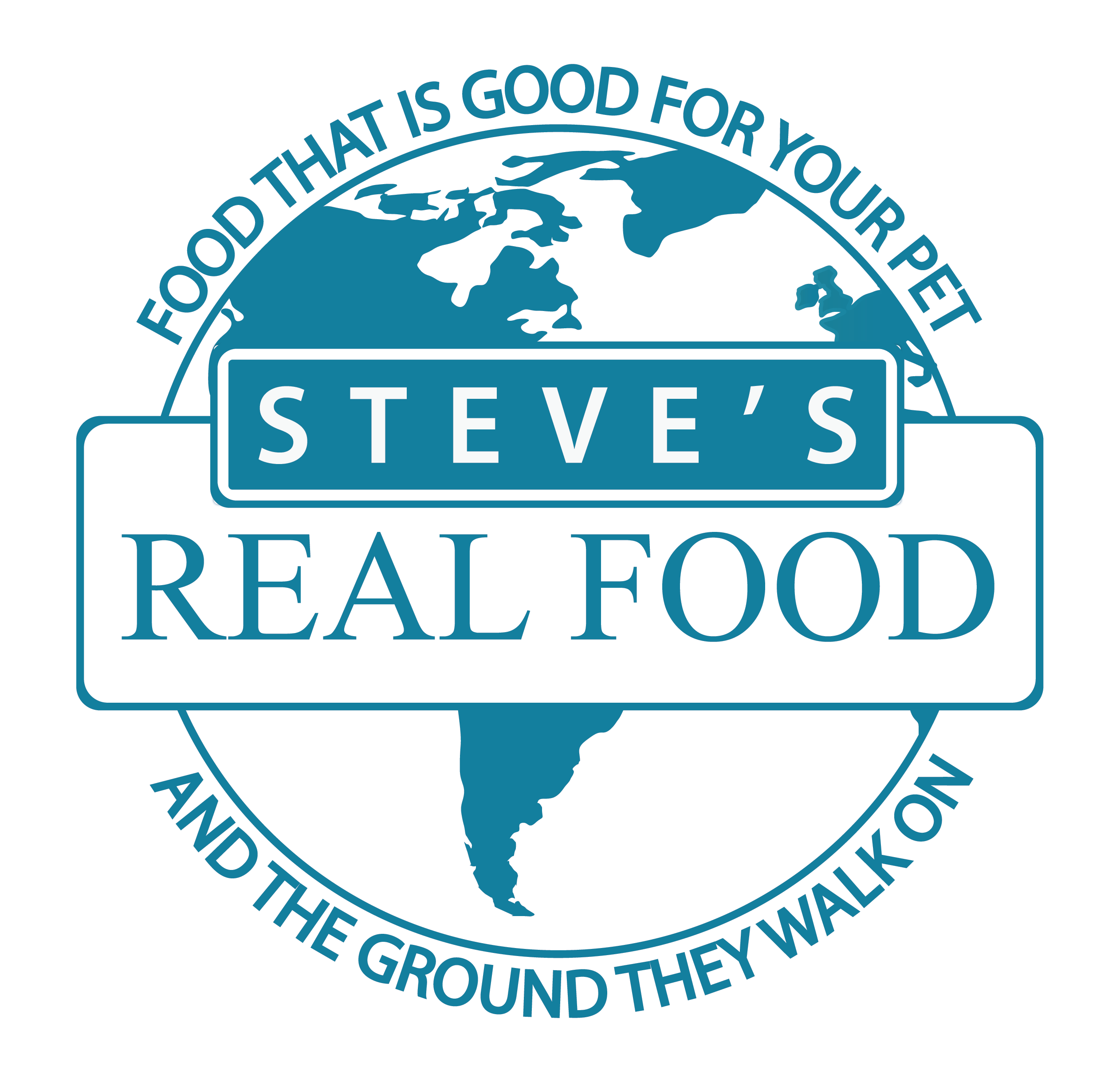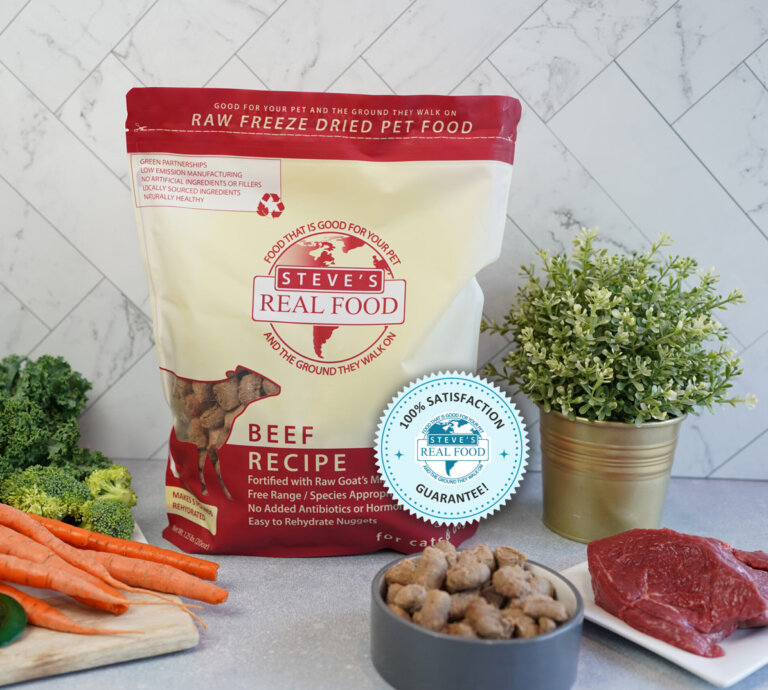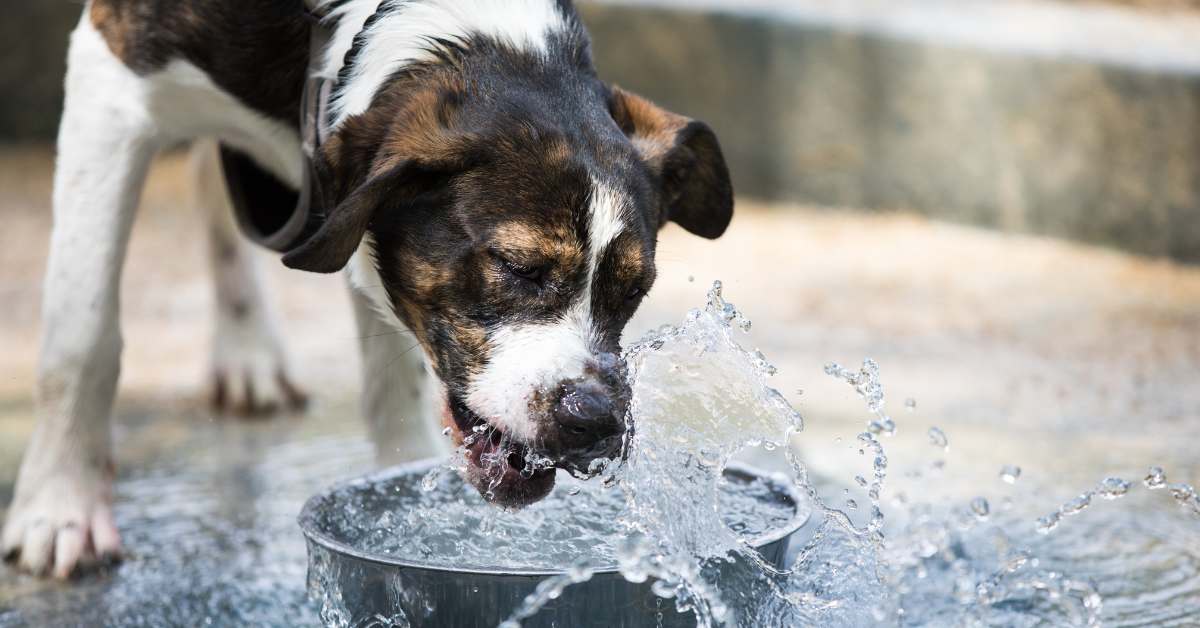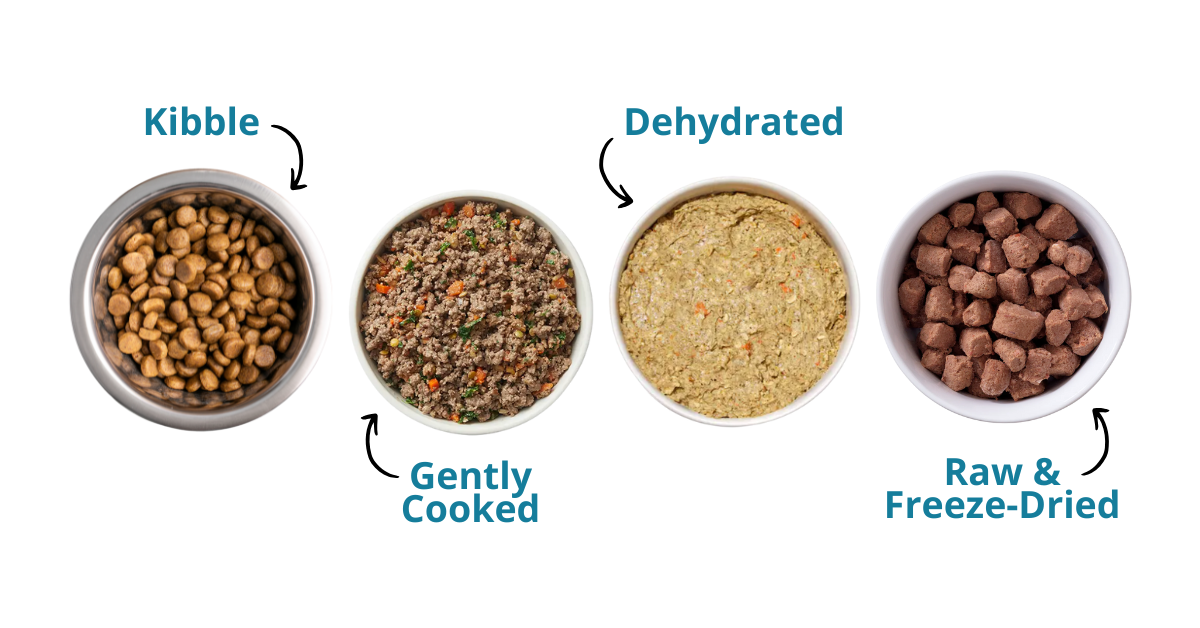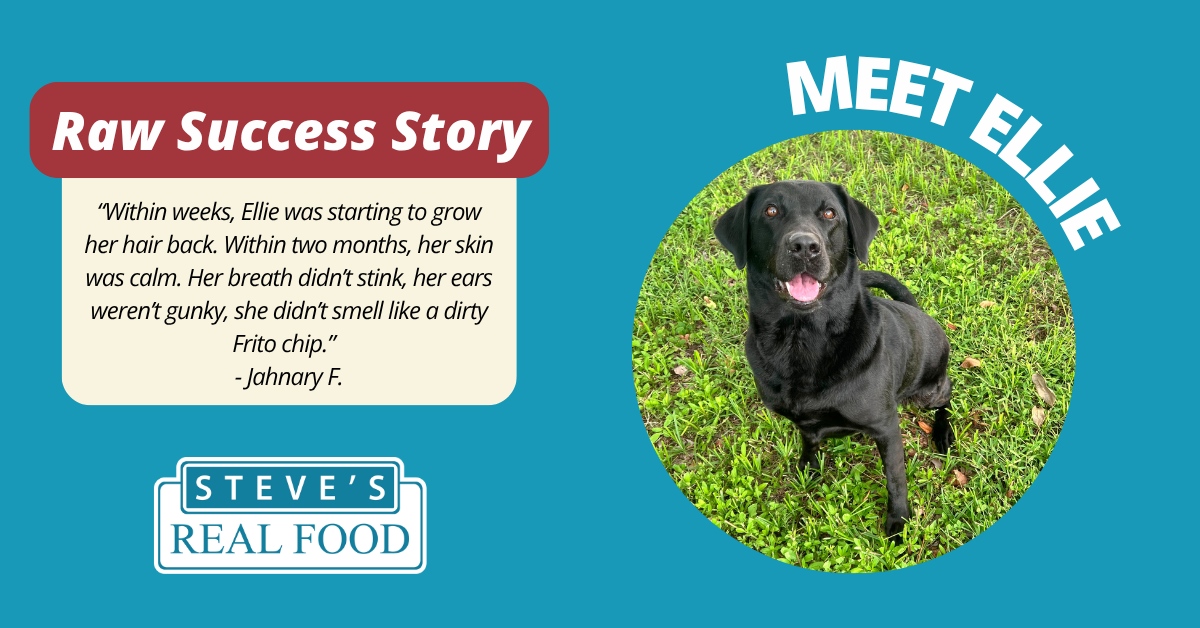Keeping your dog hydrated is one of the simplest but most overlooked ways to support their overall health. Just like us, dogs need water to maintain energy, regulate body temperature, and keep all their organs functioning properly.
But if you’re feeding dry kibble or your pup isn’t a big drinker, you might be surprised by how easy it is for them to fall behind on their hydration needs. In this guide, we’ll cover the signs of dehydration in dogs, tips on how to hydrate a dog, and how switching to a raw food diet can naturally support hydration.
Why Hydration Matters for Dogs
Water is essential to virtually every process in your dog’s body. From digesting food and circulating nutrients to regulating body temperature, hydration is what keeps all those processes running smoothly. Dogs are made up of about 60% water, and just a small drop in hydration—around 10%—can lead to serious health problems.
While it’s easy to assume that dogs will drink enough to stay hydrated, that’s not always the case. Some dogs are more sensitive to dehydration than others, especially in warmer weather, during activity, or when they’re older. And dogs that eat dry kibble have to make up for the lack of moisture in their food by drinking even more water, which many of them don’t do. Ensuring your dog is staying hydrated, especially in the hot weather that occurs in the summer months is vital.
Common Signs of Dehydration in Dogs
Recognizing the signs of dehydration in dogs can help you intervene early and prevent more serious issues. Here are some of the most common things to watch for:
- Dry nose and gums: A healthy dog’s nose and gums should be moist. Dryness can be an early sign of dehydration.
- Loss of skin elasticity: Gently pinch a bit of skin between your dog’s shoulders. If it doesn’t spring back quickly, they may be dehydrated.
- Lethargy or weakness: Dehydrated dogs often seem more tired than usual.
- Excessive panting or rapid breathing: This can be a sign of heat stress and dehydration, especially if it’s not related to recent exercise.
- Sunken eyes: As dehydration progresses, a dog’s eyes may appear sunken or dull.
- Loss of appetite: When hydration levels dip, many dogs lose interest in food.
Even just mild dehydration can impact your dog’s circulation, digestion, and kidney function. Severe dehydration is a medical emergency that may require fluids and veterinary care. Always monitor your dog’s behavior and physical signs. If anything seems off, trust your gut and consult your vet.
How to Hydrate a Dog
So, how do you keep your dog adequately hydrated, especially if they don’t drink enough water? Here are several easy ways to keep them hydrated:
- Provide fresh water at all times. Make sure water bowls are clean and refilled regularly. Some dogs are picky and may prefer filtered water.
- Use multiple water bowls. Place water bowls in different rooms of your home, especially if your dog spends time in multiple areas.
- Offer frozen treats. Some dogs love crunching on frozen bone broth or cooling off with a frozen lickmat, especially in the summer.
- Bring water on walks or trips. Always carry a portable water bottle and bowl for your dog when you’re out and about.
- Incorporate moisture-rich foods. This is where diet really comes into play. Feeding a moisture-rich raw food diet can do a lot of the heavy lifting when it comes to keeping your dog hydrated.
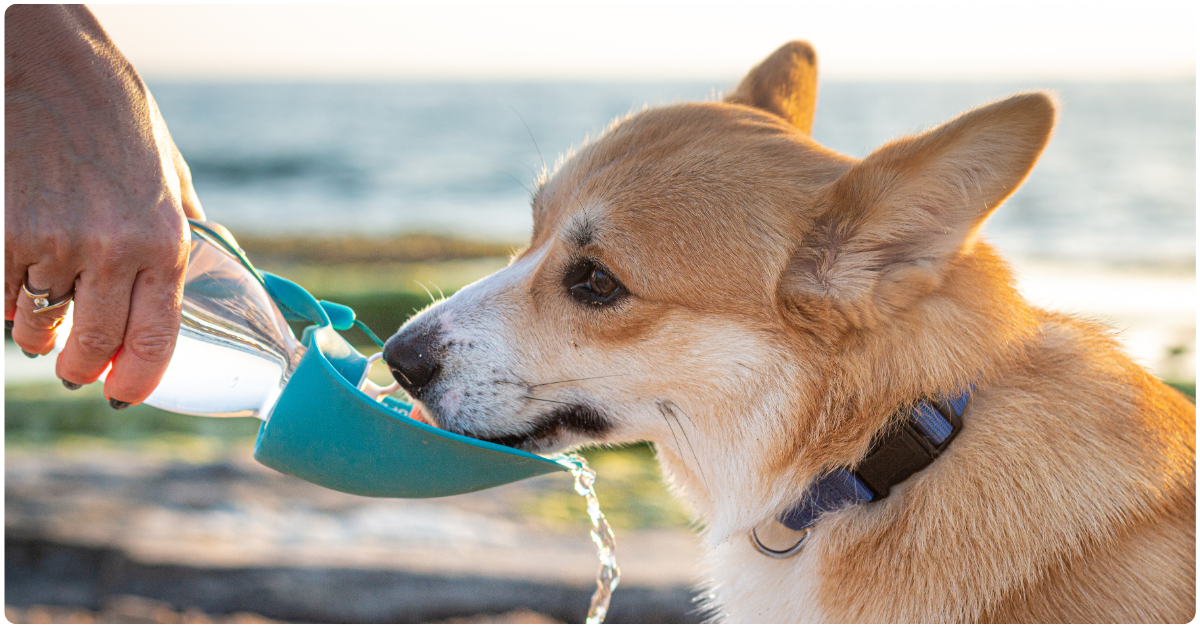
How Raw Food Naturally Supports Hydration
Let’s talk about why raw food makes such a big difference when it comes to hydration. Our raw dog food formulas contain about 70% moisture, which is much closer to the moisture content of the prey animals dogs evolved to eat. Compare that to dry kibble, which typically contains only about 10% moisture.
When your dog eats raw food, they’re consuming a significant amount of water with every meal. That means they don’t have to rely on their water bowl to stay hydrated. It also facilitates digestion, helps regulate body temperature, and supports healthy kidney function.
Plus, raw food isn’t just about moisture—it’s packed with fresh, whole ingredients that work synergistically to support your dog’s health. When you feed a balanced raw diet, you’re not only supporting hydration but also giving your dog the kind of nutrition their body truly understands.
Here’s a closer look at how raw food supports hydration and overall health:
- Digestibility: Dogs absorb nutrients more efficiently from raw food, and proper hydration facilitates digestion and nutrient transport.
- Kidney health: Adequate moisture intake helps the kidneys filter out waste efficiently.
- Healthy skin and coat: Hydration plays a role in keeping your dog’s skin supple and their coat shiny.
- Joint health: Cartilage is made mainly of water. Well-hydrated dogs often have better mobility and comfort.
Give Your Dog the Hydration They Deserve
Hydration isn’t just a summer concern—it’s something that affects your dog’s well-being every single day. By understanding the signs of dehydration in dogs, knowing how to hydrate them effectively, and feeding a moisture-rich raw diet, you’re taking meaningful steps to support their health from the inside out.
At Steve’s Real Food, we’re passionate about giving pets the nutrition nature intended for them. If you’re ready to see the difference a raw diet can make in your dog’s hydration, energy, and overall vitality, explore our complete and balanced formulas today. Buy online at RawPetFood.com or find a store near you and give your dog the very best.
 Beef
Beef Chicken
Chicken Whitefish
Whitefish Pork
Pork Lamb
Lamb Turkey
Turkey Turducken
Turducken All Protein
All Protein Beef
Beef Chicken
Chicken White Fish
White Fish Pork
Pork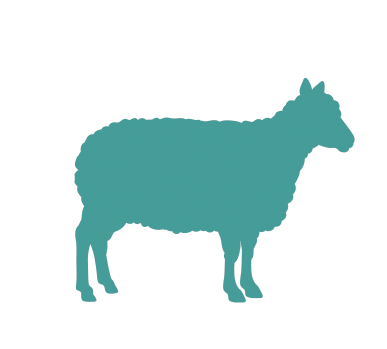 Lamb
Lamb Turkey
Turkey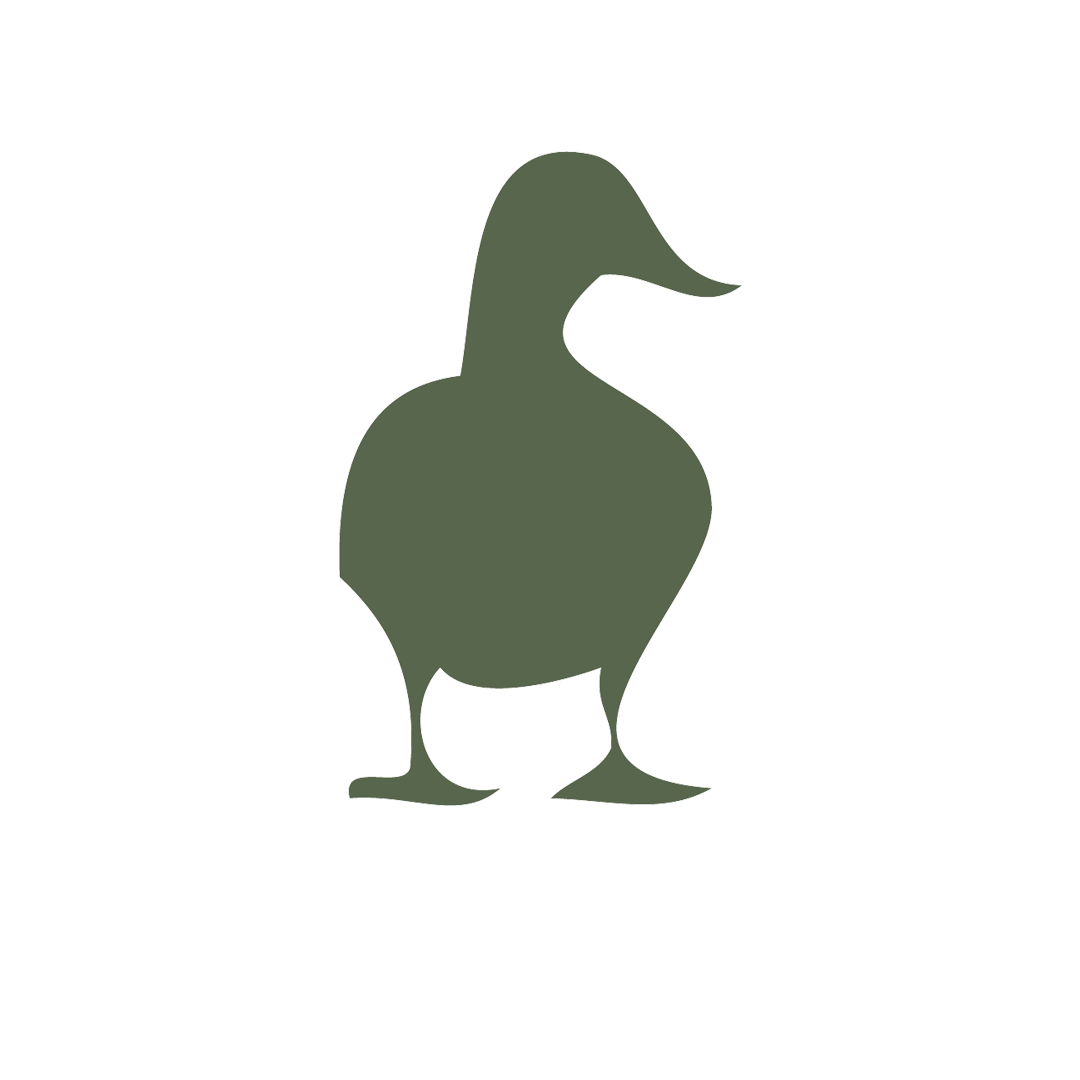 Duck
Duck All Products
All Products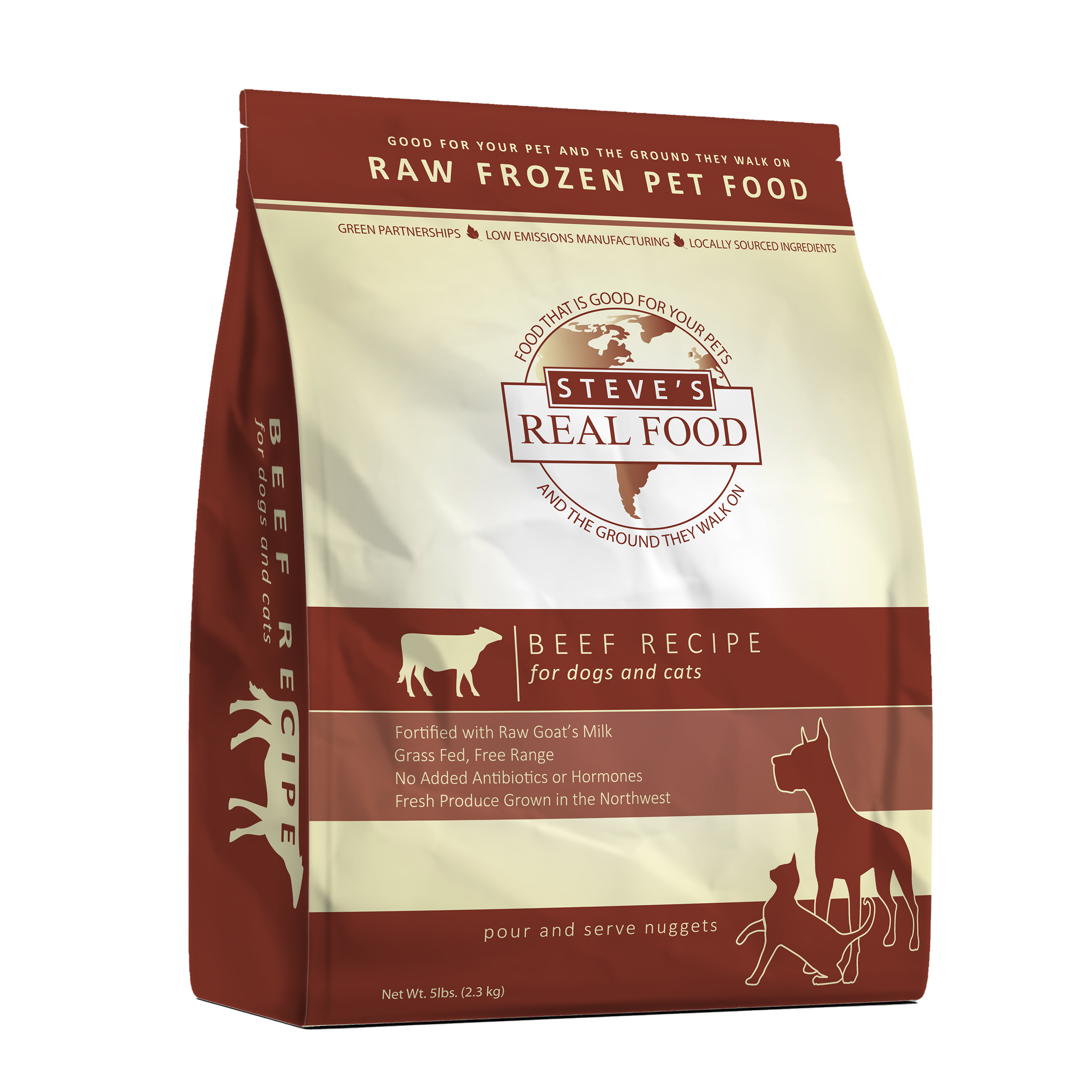 Frozen Raw Pet Food
Frozen Raw Pet Food
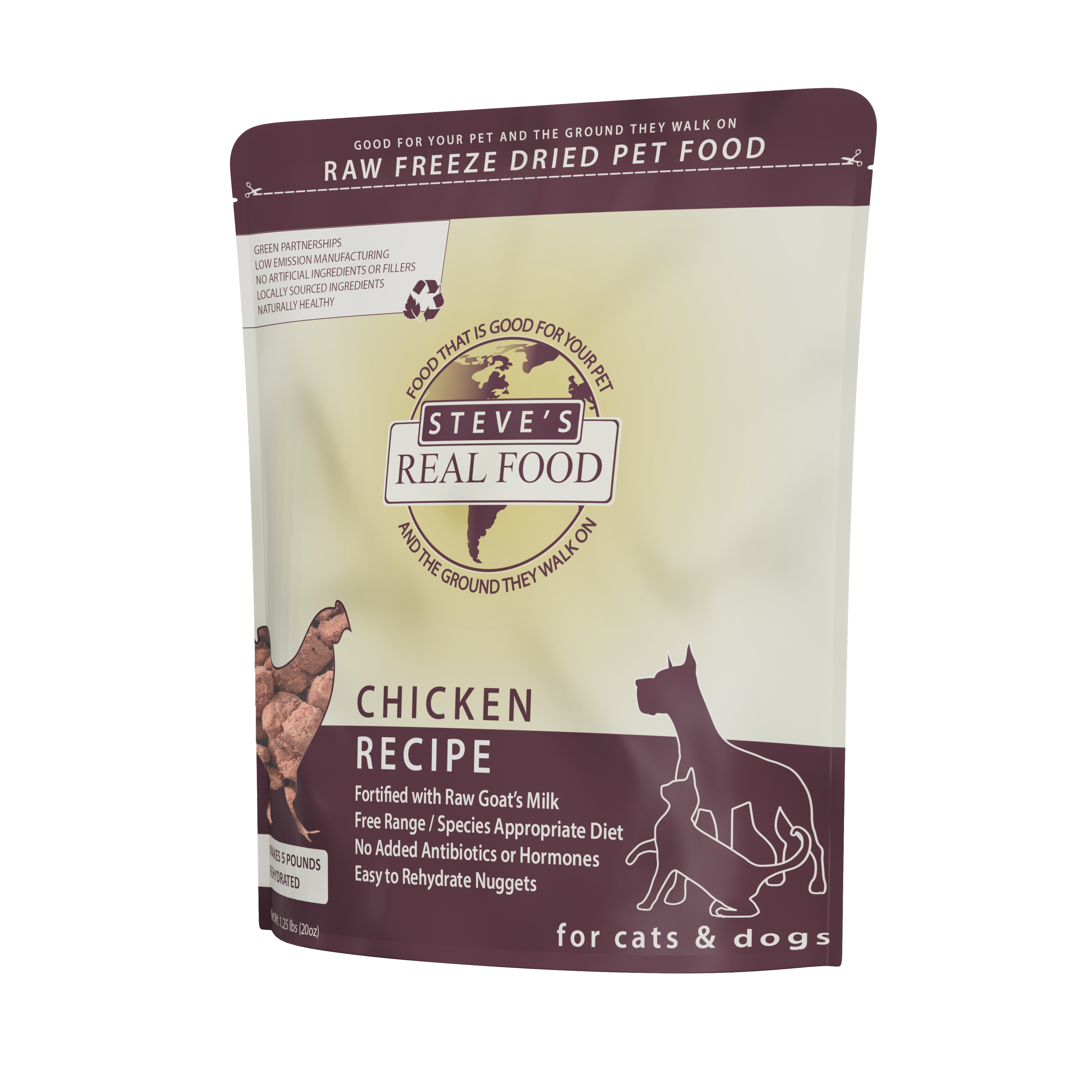 Freeze Dried Raw Pet Food
Freeze Dried Raw Pet Food
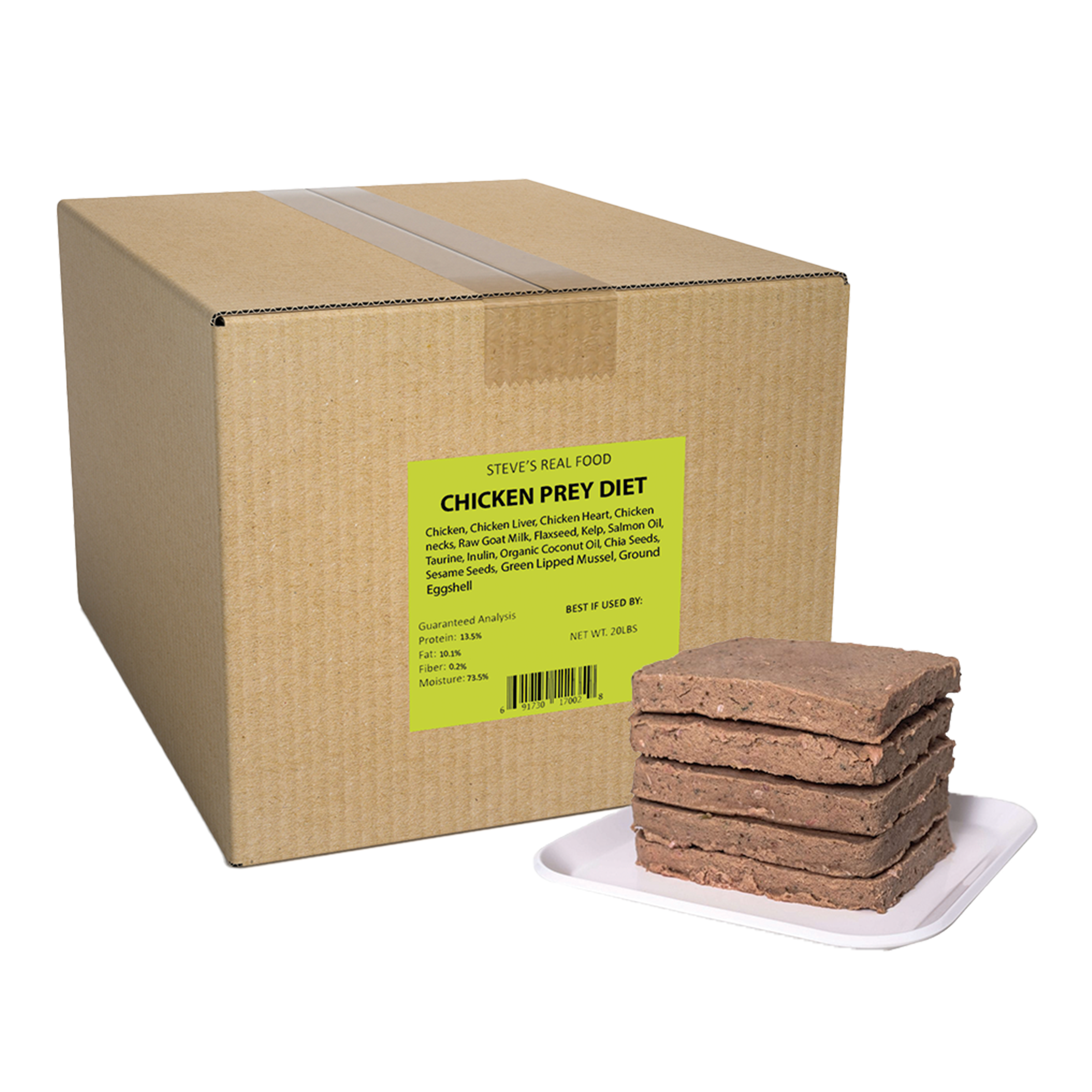 Frozen Prey Diet
Frozen Prey Diet
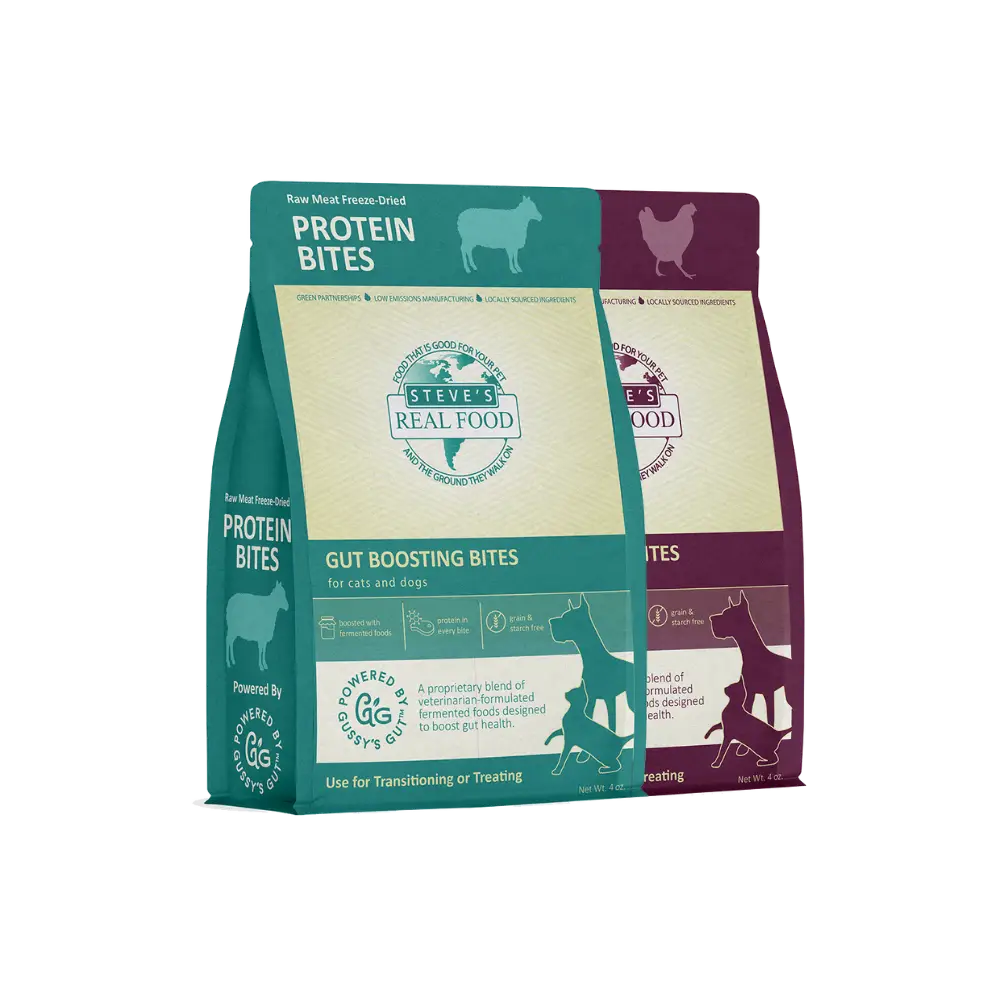 Freeze Dried Protein Bites
Freeze Dried Protein Bites
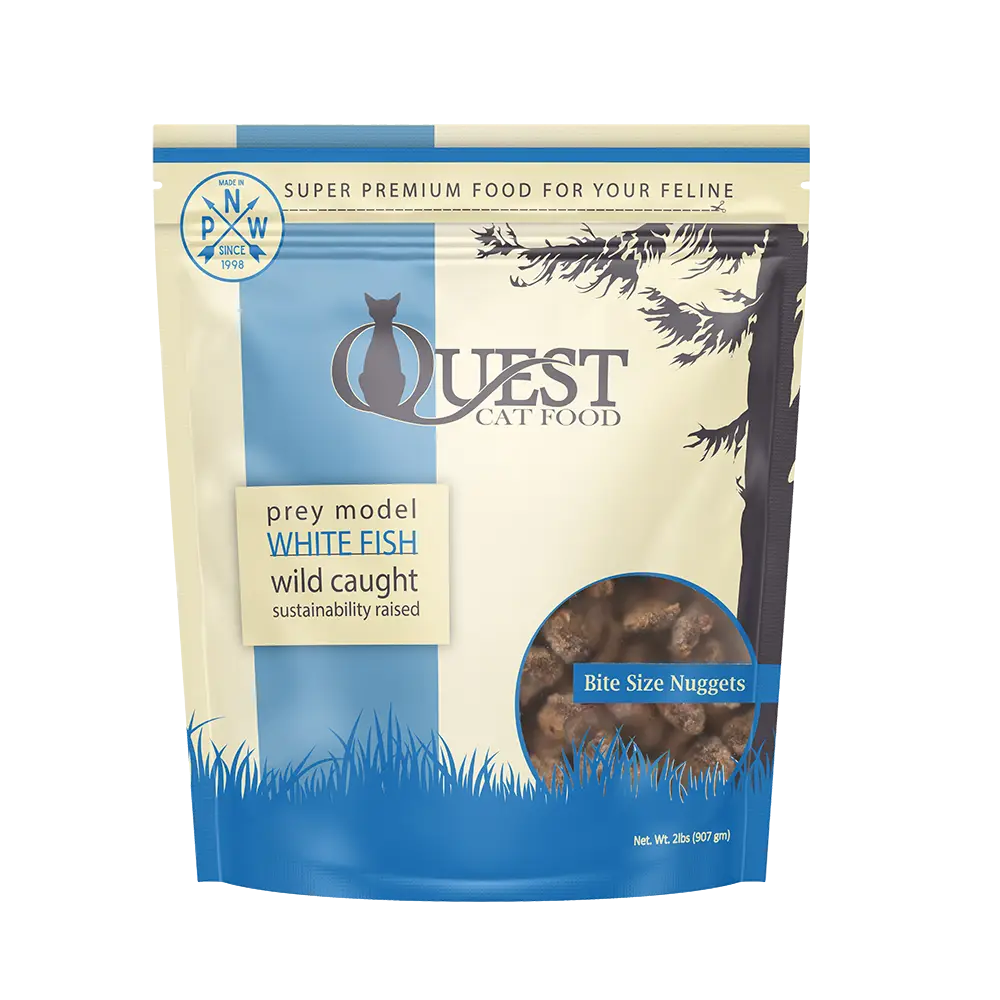 Frozen Quest
Frozen Quest
 Freeze Dried Quest
Freeze Dried Quest
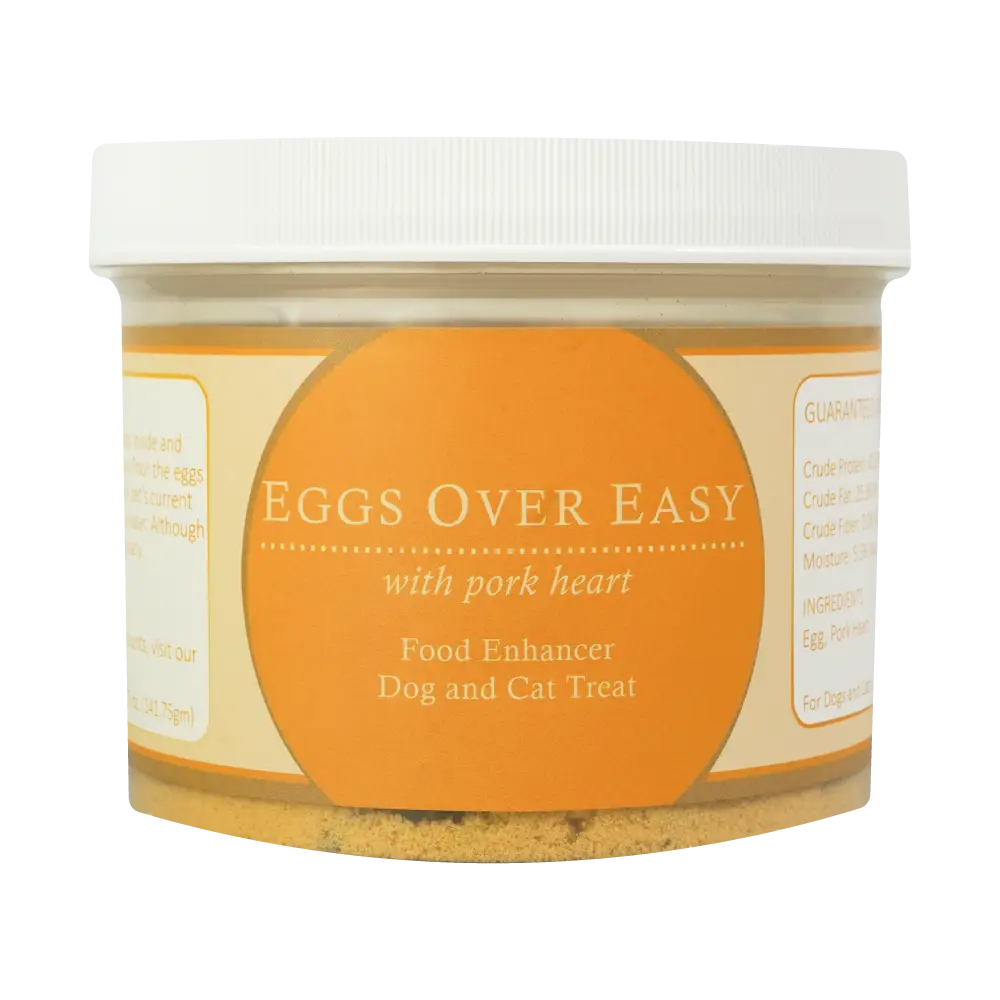 Eggs over Easy
Eggs over Easy
 Steve's Merch
Steve's Merch 